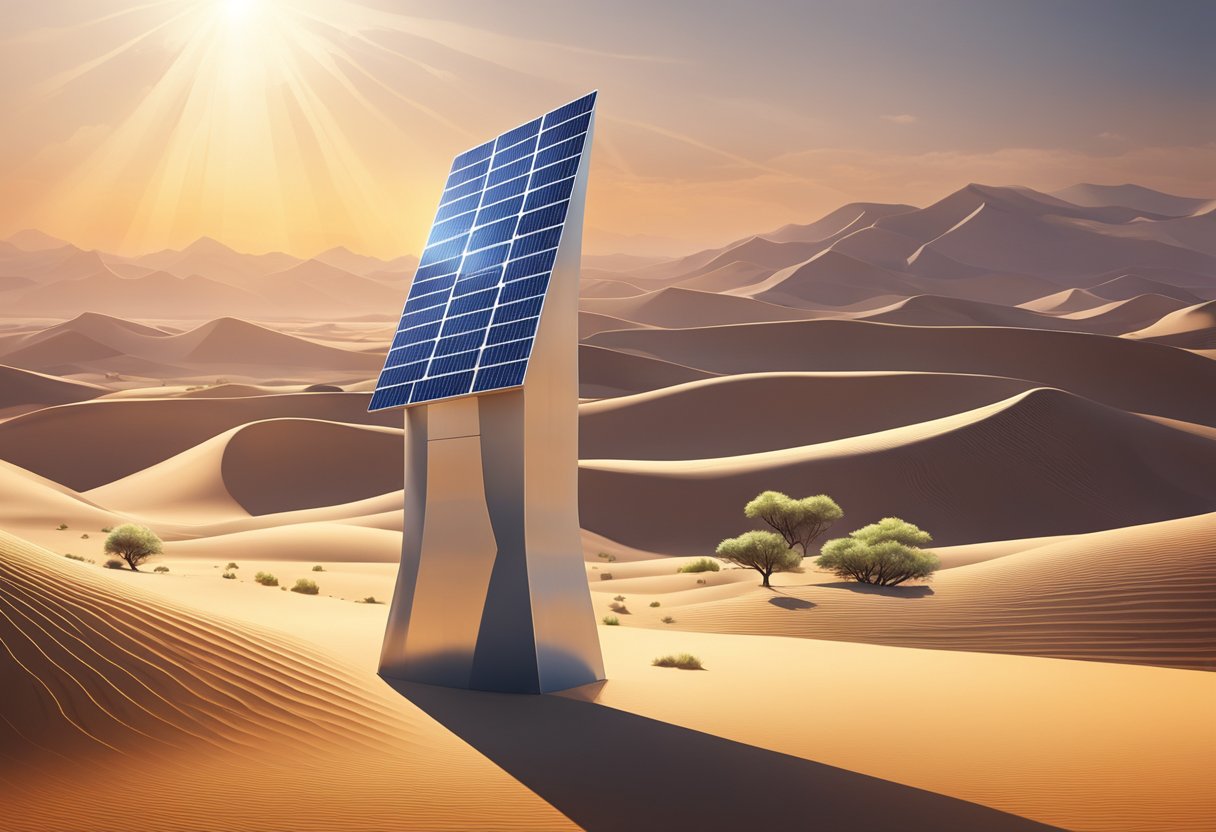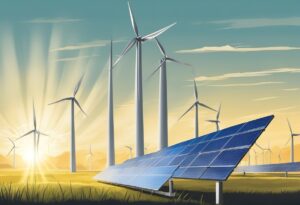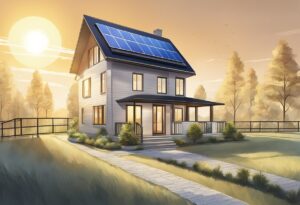Solar towers are a type of concentrated solar power (CSP) technology that converts sunlight into electricity. They use a field of mirrors, called heliostats, to reflect and concentrate sunlight onto a receiver at the top of a tower.
The efficiency and performance of solar towers depend on various factors, such as the size and number of heliostats, the height and design of the tower, the type of receiver and heat transfer fluid, and the weather conditions.
Generally, solar towers can achieve higher temperatures and therefore higher thermal efficiencies than other CSP technologies, such as parabolic troughs and dish-Stirling systems. However, they also require more land, materials, and maintenance, and may face challenges in energy storage and grid integration.
Key Takeaways:
- Solar towers are a type of CSP technology that uses mirrors to concentrate sunlight onto a tower and generate electricity.
- The efficiency and performance of solar towers depend on various factors and may vary depending on the location and climate.
- Solar towers have advantages and disadvantages compared to other CSP technologies and may play a role in the transition to renewable energy.
Fundamentals of Solar Towers
Working Principle of Solar Towers
Solar power towers are a type of concentrating solar power (CSP) technology that uses mirrors to focus sunlight onto a receiver, located on top of a tall tower. The receiver absorbs the concentrated sunlight and converts it into heat, which is then used to generate steam. The steam drives a turbine, which produces electricity.
The working principle of solar towers is based on the concept of concentrating sunlight onto a small area to generate high temperatures.
By using mirrors to reflect and concentrate sunlight, solar towers are able to achieve temperatures of up to 1000°C. This high temperature is necessary to generate the steam required to drive the turbine.
Components of a Solar Tower
The main components of a solar power tower include the following:
- Mirrors: Also known as heliostats, these are used to reflect and concentrate sunlight onto the receiver. The mirrors are computer-controlled and track the movement of the sun to ensure maximum concentration of sunlight.
- Receiver: This is located on top of the tower and is responsible for absorbing the concentrated sunlight and converting it into heat. The receiver is made of a material that can withstand high temperatures, such as ceramics or graphite.
- Heat transfer fluid: This is used to transfer the heat from the receiver to the steam generator. The fluid is usually a molten salt or oil.
- Steam generator: This is responsible for converting the heat generated by the receiver into steam. The steam is then used to drive a turbine, which produces electricity.
Solar power towers are an effective way to generate electricity using renewable energy sources. They are able to generate high temperatures, which makes them ideal for use in areas with high levels of sunlight. Additionally, they are able to generate electricity even when the sun is not shining, by using heat stored in the heat transfer fluid.
Efficiency and Performance
Energy Conversion Efficiency
The energy conversion efficiency of a solar tower is the percentage of solar energy that is converted into usable electricity.
According to the Department of Energy, the conversion efficiency of a photovoltaic (PV) cell is a key goal of research and helps make PV technologies cost-competitive with conventional sources.
Solar tower power plants use a different technology than PV cells. They use mirrors called heliostats to reflect sunlight onto a receiver at the top of a tower. The receiver then heats a fluid, such as molten salt, which produces steam to turn a turbine and generate electricity.
The conversion efficiency of solar towers can vary depending on several factors, including the design of the tower and the technology used to convert the heat into electricity.
Factors Affecting Performance
Several factors can affect the performance of solar towers, including:
- Heat Loss: Heat loss can occur during the transfer of heat from the receiver to the fluid, which can reduce the overall efficiency of the system.
- Weather: Weather conditions such as clouds, rain, and snow can reduce the amount of sunlight that reaches the heliostats and, therefore, reduce the overall efficiency of the system.
- Thermal Energy Storage: The use of thermal energy storage can improve the performance of solar towers by allowing them to generate electricity even when the sun is not shining.
- Steam Turbine: The efficiency of the steam turbine used to generate electricity can also affect the overall performance of the system.
According to a study on the performance enhancement of solar tower power plants, wet-cooled solar towers perform the best in each climatic zone, offering 5-6% lower cost of electricity production and 3-7% higher electricity output compared to other cooling methods.
In addition, the tower height shows a strong influence on the heliostat layout and solar field performance. An economic optimization leads to a less dense layout to limit the tower impact on the cost; a penalty in efficiency of around 6% can reduce the cost of the system.
Economic Aspects
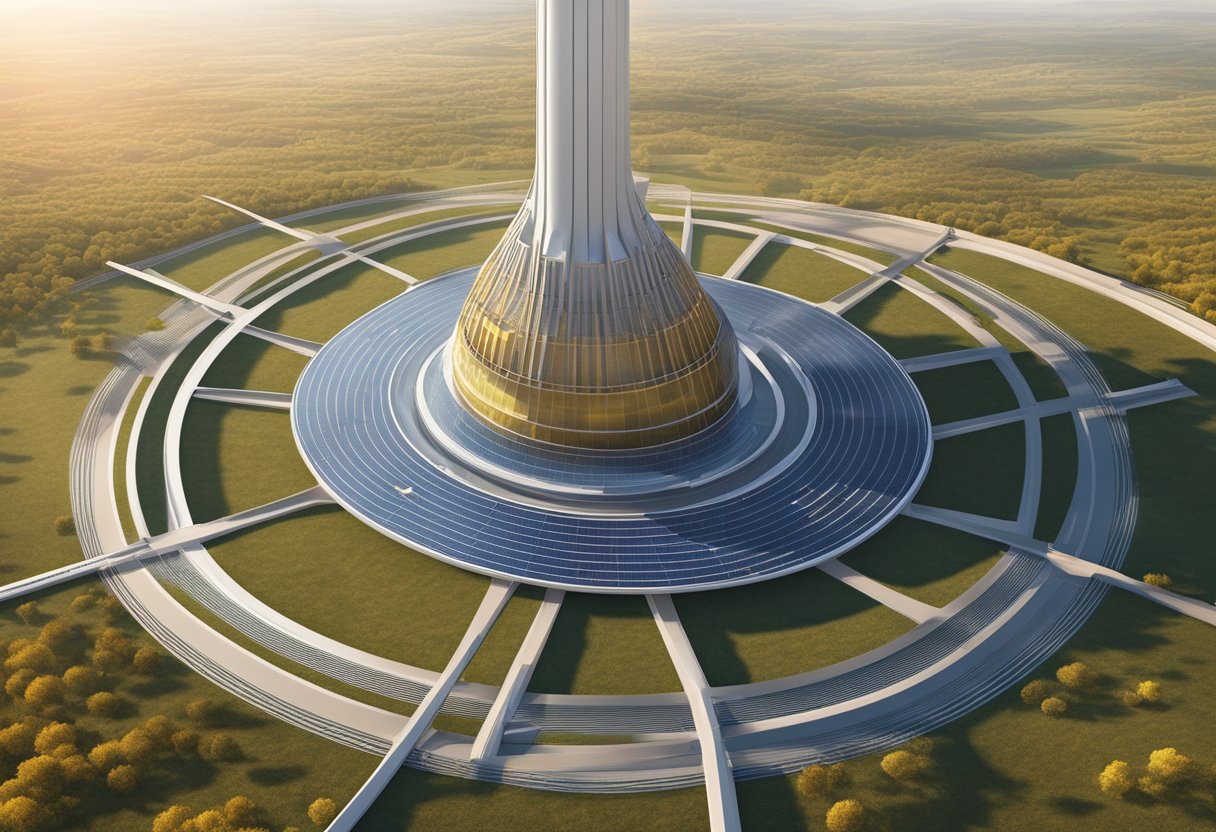
When it comes to the economic aspects of solar towers, there are several factors that need to be considered. These include installation costs, operational costs, and cost-effectiveness.
Installation Costs
One of the biggest economic concerns when it comes to solar towers is the installation costs.
According to a study by Investopedia, costs for utility-scale photovoltaic (PV) solar power had dropped to $0.06 per kilowatt-hour (kWh) as of 2017. However, the installation costs of solar towers can be significantly higher than other forms of solar power.
Operational Costs
In addition to installation costs, there are also operational costs to consider.
These include the cost of maintaining and repairing the solar panels, as well as the cost of storing and distributing the energy produced. However, solar towers have the advantage of being able to store energy for use during peak demand periods, which can help to offset some of these costs.
Cost-Effectiveness
Despite the higher installation costs, solar towers can be cost-effective in the long run.
According to a study by Rafael Guedéz et al., the ideal design for a solar power tower plant would have a solar multiple of 2.8 with a thermal energy storage of 8 hours. This could result in a lowest levelized cost of electricity of 0.1057 $/kWh.
Environmental Impact
Comparison with Fossil Fuels
Solar towers are a promising source of renewable energy that could replace fossil fuels, which are responsible for a significant amount of pollution.
Fossil fuels, such as coal and oil, release greenhouse gases into the atmosphere, which contribute to global warming. The use of solar towers, on the other hand, does not produce any harmful emissions, making it a cleaner and more sustainable alternative.
In terms of land use, solar towers require a relatively small amount of land compared to fossil fuel power plants.
While fossil fuel power plants require large amounts of land for mining, drilling, and transportation, solar towers only require land for the tower itself and the heliostats that reflect sunlight towards it.
Sustainability and Pollution
The manufacturing process of solar towers does involve the use of hazardous materials, such as cadmium and lead, which can be harmful to the environment if not properly disposed of. However, the environmental impact of solar towers is still significantly lower than that of fossil fuel power plants.
Furthermore, solar towers have a longer lifespan than fossil fuel power plants and require less maintenance, making them a more sustainable option in the long run.
Solar towers also do not produce any noise pollution, which can be a concern for fossil fuel power plants located near residential areas.
Global Trends and Developments
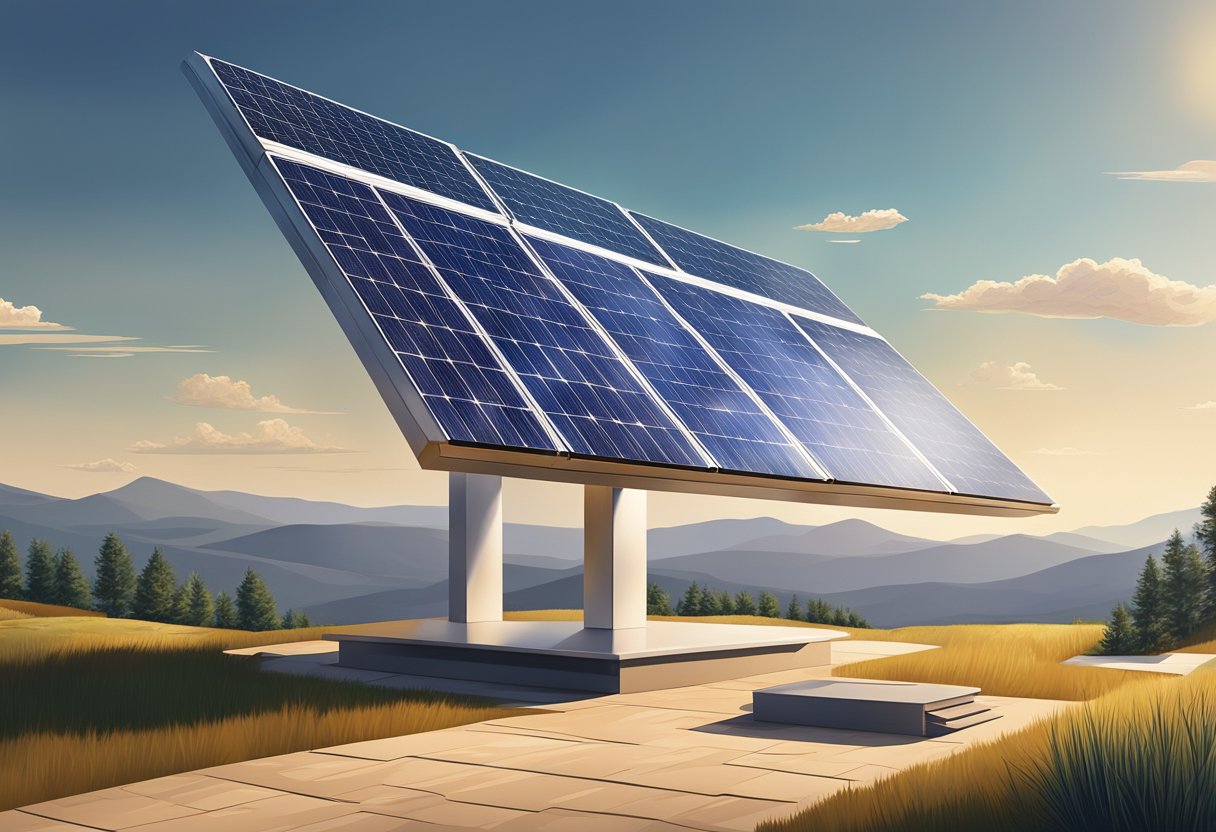
Advancements in Technology
Solar tower technology has seen significant advancements in recent years, with new developments in both concentrated solar power (CSP) and photovoltaic (PV) technologies.
CSP towers use mirrors to reflect and concentrate sunlight onto a central receiver, which heats a fluid to create steam to generate electricity. PV towers, on the other hand, use photovoltaic cells to convert sunlight directly into electricity.
One of the latest advancements in CSP technology is the use of molten salt as a heat transfer fluid, which enables the storage of thermal energy for later use.
This technology has been implemented in several CSP plants worldwide, including the 110 MW Crescent Dunes Solar Energy Project in Nevada, USA. Additionally, research is being conducted to improve the efficiency of CSP towers by using higher temperatures and more advanced heat transfer fluids.
PV technology has also seen significant advancements, with the development of high-efficiency solar cells and the use of bifacial modules that can generate electricity from both sides of the panel.
These advancements have led to the construction of several large-scale PV towers, including the 2.2 GW Bhadla Solar Park in India.
Adoption by Country
Solar towers have been adopted by several countries worldwide, with varying levels of success.
Spain has been a leader in CSP technology, with several large-scale CSP plants in operation. These include the 150 MW Andasol 1 plant and the 50 MW Gemasolar plant.
California has also seen significant adoption of CSP technology. Several large-scale CSP plants are in operation or under construction, including the 392 MW Ivanpah Solar Electric Generating System.
China has also shown interest in solar tower technology, with several CSP plants under construction. These include the 100 MW Luneng Haixi Multi-Mirror Concentrated Solar Power Project.
India has also invested in both CSP and PV technology. The aforementioned Bhadla Solar Park is one of several large-scale solar projects in the country.
South Africa has also shown interest in CSP technology, with the construction of the 100 MW Ilanga-1 CSP tower. However, the country has faced challenges with the implementation of CSP technology due to high costs and transmission challenges.

